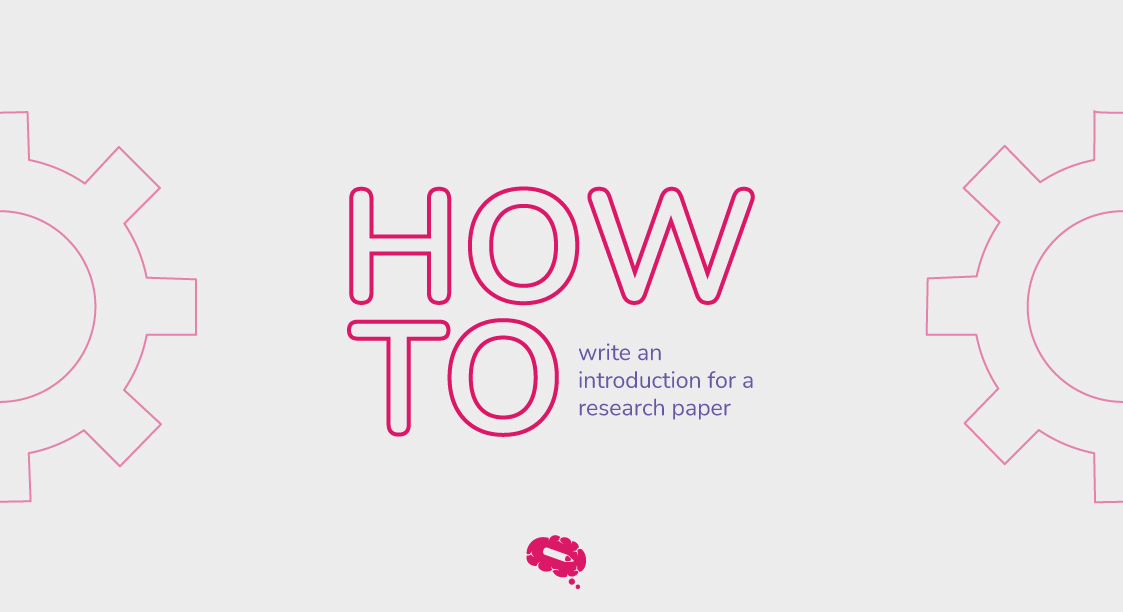Do you think a scholar has the time to read all the content of your research paper? They will have infinite papers to check, so they definitely won’t read it thoroughly, so how do they know if it is worth reading or not? Now, you must’ve seen short summaries in front of every research paper; ever wondered what that is?
Well, that is your first impression of the article and as the saying goes, “first impression is always the best impression”, it is important to make sure that the summary is catchy and perfect to grab the scholar’s attention.
Those types of summaries are known as Executive Summaries and in this article, we are going to learn in-depth about the executive summary in a research paper, along with tips and guidelines for writing them.
What Is An Executive Summary In A Research Paper?
In a research paper, the executive summary serves as a condensed version of the entire paper. It provides a snapshot of the key elements and findings of the research, allowing readers to quickly grasp the purpose, methodology, and main outcomes without having to read the entire document.
Why Do We Compose An Executive Summary?
We compose an executive summary for several important reasons:
1. Decision-Making Support
Executives, stakeholders, or decision-makers rely on executive summaries to make informed decisions. By presenting key information clearly and concisely, an executive summary helps decision-makers understand the essence of the document and evaluate its significance and potential impact.
2. Accessible To A Wide Audience
Executive summaries are shared with diverse audiences, including those without specialized knowledge. By distilling complex information, executive summaries make the content more accessible to a broader range of readers.
3. Overview Of Research Or Project
An executive summary offers a high-level overview of the research or project, outlining objectives, methodology, and main findings. It provides a snapshot of the work, allowing readers to quickly assess its relevance and determine if they need to explore the full document. Also Read: How to Write a Summary of an Article
The Executive Summary Length And Placement
The length and placement of an executive summary can vary depending on specific requirements and guidelines. However, there are some general considerations to keep in mind:
- Length: Executive summaries are typically kept relatively short, ranging from a few paragraphs to a couple of pages. They aim to provide a concise overview of the main points and findings of the document.
- Placement: In most cases, the executive summary is placed at the beginning of the document, before the main body or introduction. This allows readers to quickly access the key information without having to go through the entire document. However, in some cases, it may be placed at the end, serving as a summary or recap of the main points for those who have already read the document.
It’s important to note that the length and placement of the executive summary can be influenced by specific guidelines or requirements set by the organization or publication.
Structure Of An Executive Summary For A Research Paper
The structure of an executive summary for a research paper can vary slightly depending on the specific requirements and nature of the research. However, a commonly used structure includes the following key elements:
Introduction
Provide a brief introduction that sets the context for the research. Clearly state the purpose, objectives, and significance of the study.
Research Methodology
Summarize the research methodology used in the study. Briefly explain the data collection methods, sample size, research design, and any statistical analyses employed. This helps establish the credibility and reliability of the research.
Key Findings
Present the most significant findings of the research. Summarize the main results, trends, or patterns that emerged from the data analysis. Focus on the key outcomes that directly address the research objectives.
Conclusion
Conclude the executive summary by summarizing the main points and emphasizing the overall significance of the research. Restate the main findings and their implications in a concise manner. Also read our content about Thesis Conclusion: Making Your Research Paper Outstanding.
Executive Summary For A Research Paper Formatting
When formatting an executive summary for a research paper, it’s important to follow the specific guidelines provided by the target journal or publication. General formatting considerations to keep in mind:
- Title: Include a clear and descriptive title for the executive summary at the top of the page. It should reflect the content and focus of the research paper.
- Length: The length of the executive summary can vary, but it is typically recommended to be concise, ranging from a few paragraphs to a maximum of one or two pages. Adhere to any specified word count or page limit guidelines.
- Formatting Style: Follow the formatting style required by the target journal or publication. This may include font type, font size, line spacing, and margins. Typically, a professional and readable font such as Times New Roman or Arial with a standard font size of 12 points is used.
- Structure and Subheadings: Use clear and informative subheadings to structure the content of the executive summary. This helps guide the reader through the main sections, such as Introduction, Methodology, Key Findings, Implications, Recommendations, and Conclusion.
- Concise Writing: Write in a concise and focused manner, using clear and simple language. Avoid unnecessary technical jargon or complex explanations. Use bullet points or numbered lists to present key findings or recommendations, making them easy to read and comprehend.
- Proofreading and Editing: Before finalizing the executive summary, carefully proofread and edit the content for clarity, coherence, and grammatical correctness. Ensure that the summary is free from errors and presents a professional image.
The Executive Summary Mistakes To Avoid
When crafting an executive summary, it’s important to be mindful of certain mistakes that can diminish its effectiveness. Here are common mistakes to avoid:
Lack Of Clarity
Ensure that the executive summary is clear and concise. Avoid using jargon, complex language, or technical terms that may confuse readers. Aim for straightforward and accessible language that can be understood by a diverse audience.
Excessive Length
Remember that an executive summary is meant to be a condensed version of the main document. Avoid making it too long or including unnecessary details. Keep it concise and focused on the most important information.
Lack of Context
Provide sufficient context to help readers understand the research and its significance. Avoid jumping straight into the findings without setting the stage. Briefly explain the background, objectives, and methodology to provide a clear context for the research.
Inconsistent Tone
Maintain a consistent and professional tone throughout the executive summary. Avoid using overly casual language or an inconsistent writing style that may undermine the credibility of the research.
Missing Contact Information
Include relevant contact information, such as names, email addresses, or phone numbers, so that readers can reach out for further inquiries or discussions. This ensures that interested parties can easily connect with the authors.
Executive Summary Writing Tips And Recommendations
When writing an executive summary, consider the following tips and recommendations to ensure its effectiveness:
- Start Strong: Begin the executive summary with a compelling introduction that grabs the reader’s attention. Clearly state the purpose, importance, and relevance of the research to engage the audience from the start.
- Be Succinct: Keep the executive summary concise and to the point. Focus on the most critical information and avoid unnecessary tangents or excessive details. Use clear and concise language to convey the key points effectively.
- Structure with Headings: Organize the executive summary with headings and subheadings to create a logical flow of information. This helps readers navigate the content and locate specific sections quickly.
- Maintain Consistency: Ensure that the executive summary aligns with the main document in terms of key points, language, and style. Avoid introducing new information or contradictory statements that may confuse the reader.
- Use Visuals Sparingly: Incorporate visuals such as charts, graphs, or diagrams if they significantly enhance the understanding of the research. Ensure they are clear, well-labeled, and easy to interpret.
- Seek Feedback: Consider sharing the executive summary with colleagues, mentors, or experts in the field for feedback and suggestions. Incorporate their insights to improve the clarity and effectiveness of the summary.
In conclusion, the executive summary plays a crucial role in research papers by providing a condensed yet comprehensive overview of the study’s main points and findings. It serves as a valuable tool for busy readers, decision-makers, and stakeholders who require a concise understanding of the research without delving into the full document.
Also Read: How to Write an Abstract for a Research Paper (Example and Tips)
Make Scientifically Accurate Infographics In Minutes
You are in the right place if you are a scientist considering using infographics to enhance your papers but need help finding those that match your thesis. Mind the Graph is a tool that makes scientifically accurate infographics in minutes. Whatever your thesis topic, you can rely on Mind the Graph to give you accurate visuals. Sign Up now to amplify your work with rich visuals.

Subscribe to our newsletter
Exclusive high quality content about effective visual
communication in science.





